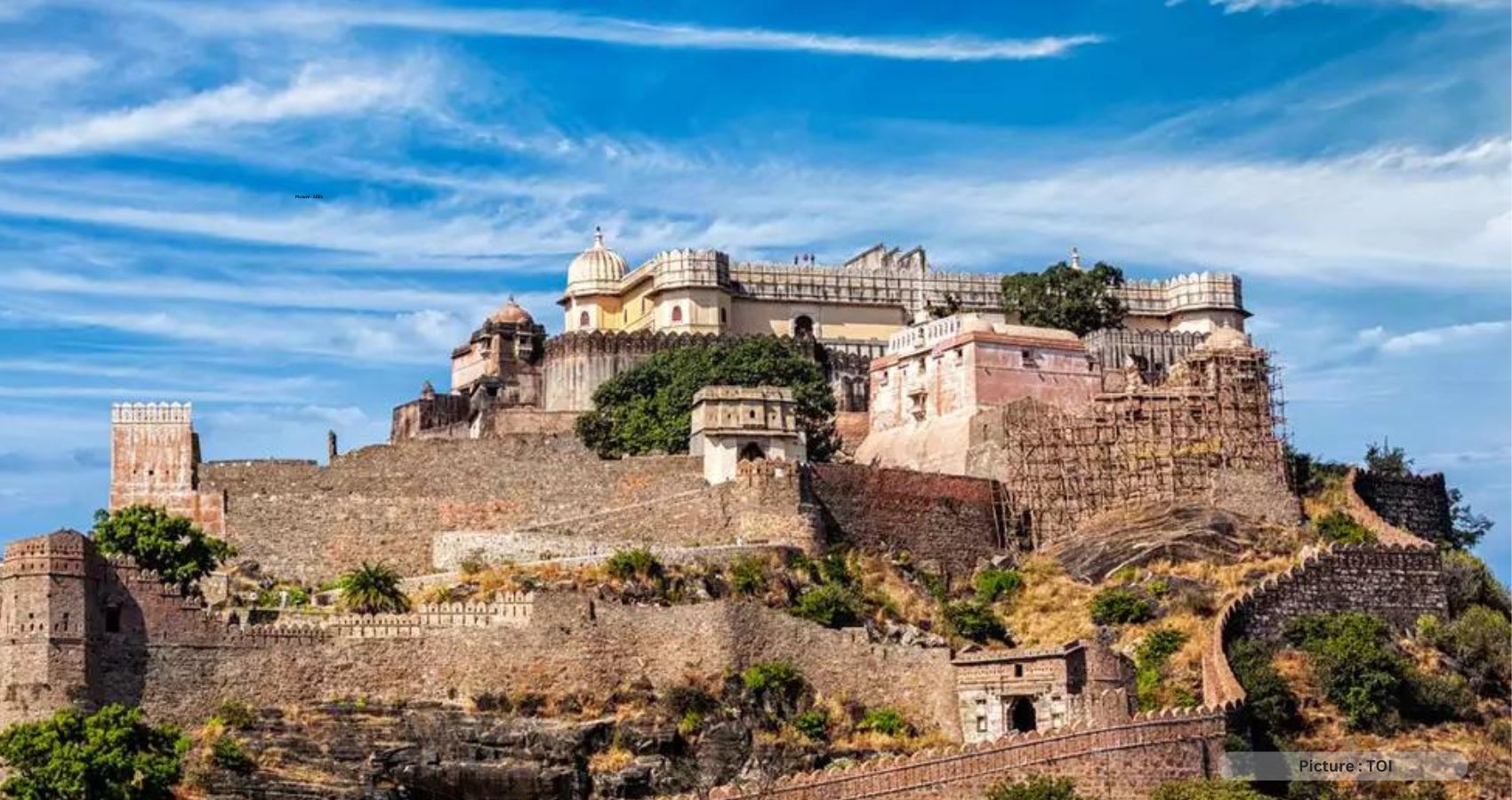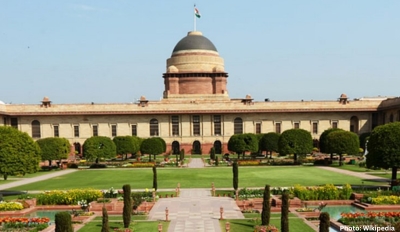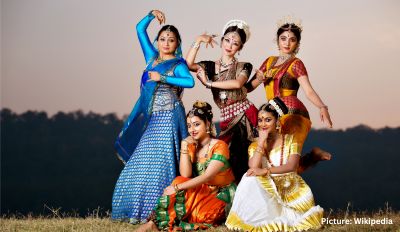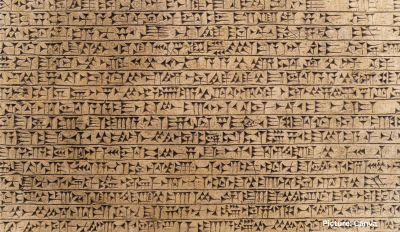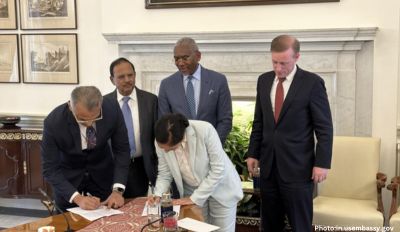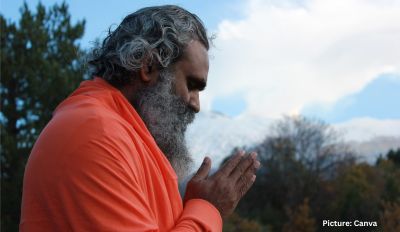Towards the westerly range of Aravalli Hills in the Rajsamand district of the Western State of India, Rajasthan is located the Great Wall of India, known as Kumbhalgarh (or Kumbhal Fort). Built in the 15th century by Rana Kumbha, it is now a World Heritage Site.
The history of this Mewar fortress
It is thought that in the sixth century, King Samprati, the great-grandson of Mauryan Emperor Ashoka, constructed the first fort. It was not extensively documented until the invasion of Kumbhalgarh by Allauddin Khliji in 1303 AD.
The Kumbhalgarh Fort was built by Rana Kumbha, the Rajput clan of Sisodia. After conquering the entire Godwar plain from the Chauhan Rajputs of Nadols in the late 14th century, Rana Khumba built the new fort on top of the local small fort. The new fort, Kumbhalgarh, was built by the king of Mewar, Rana Khumba, and mainly separated the two clans of Mewar and Marwar. The fort was mainly used as a refuge for the rulers of Mewar.
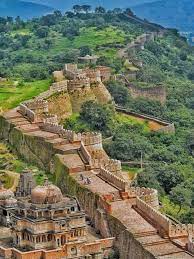
The famous architect of the time, “Mandan,” was called in by the Rana of Mewar for this special task. Mewar, the kingdom of Rana Kumbha, covered vast swathes of both Rajasthan and the former Madhya Pradesh, extending from Ranthambore in Rajasthan to Gwalior in Madhya Pradesh. Rana Kumbha is credited with building 32 of the province’s 84 forts, the greatest of which is Kumbhalgarh. Direct assaults were still impossible against the fort.
According to the documents, in 1576 Shahbaz Khan, between 1458 and 1467 Mahmud Khalji, in 1457 Ahmed Shah 1 of Gujarat, and in 1303 Allauddin Khalji, all attempted to invade the fort. All the attempts at invasion failed, and the fort also came to be known as the impregnable fort.
The inside of the palace is a perfect depiction of Rajputs in history. It is said that the two-story building features an amazing blue durbar hall. The men-only “Mardan” palace and the women-only “Sanana” palace are divided by a hallway. The “Sanana Palace is home to several stunning murals of crocodiles, camels, and elephants.
Geography of the Kumbhal Fort
The fort is built 3,600 feet above sea level on a hilltop over the Aravallli range. The fort is counted as the world’s second-longest wall, with a length of 36 km and a width of 15 m.The rampart is considered broad enough to walk eight horses side by side.
Tales of Kumbhal Fort
During the initial stage of the fort, Rana Khumba faced many obstacles, for which a sage named ‘Baid Baba’ advised the difficulty would be removed if a pure-hearted man came forward and sacrificed his life. Seeing that no one was willing to save the king, the sage himself came forward and gave his life with one request for a gateway to the fort for religious rituals. According to the sources, King Kumbha built a grand entrance named ‘HanumanPol’, which is believed to be built on the spot where the sage’s head fell after he was beheaded.
During 1457, when Gujarat’s Ahmed Shah 1 launched a vain attempt to capture the fort, there was local belief that the Banmata deity protected the Mewars from invasion. The temple was destroyed because of this.
Another story is that the enemy bought off a young florist. She had left flower petals to indicate the way along the hidden pathway. The girl was bricked alive into the exterior wall after the plot was thwarted. A fitting penalty that would have discouraged other betrayers! The wall appears to be the location of the woman’s execution because there is a little, white-painted outline of the woman there.
Things to see in Kumbhal Fort
Kumbhalgarh Fort
It is said that the Kumbhalgarh fort existed for centuries. The fort is spread over an area of 36 km with extending walls. Approximately, there are about 360 Jain and Hindu temples within the fort. A few of them are Neelkanth Mahadeo Temple, Bada Mahal, Parshuram Temple, Mammadev Temple, Muchchal Mahavir Temple, and Vedi Temple. The gates around the fort are locally called “pol”. Entry to the inner bastions is possible through Arret Pol, Halla Pol, and Hanuman Pol from the southern directions. The purpose of the walls’ varying colours is to display light. The inside walls are whiter and more glossy. You will see Bhairav Pol, Chaugan Pol, Nimboo Pol, and Phagra Pol farther up; each has a distinct significance. Observe that as you ascend, they get smaller, and beyond a certain point, neither horses nor elephants can get through.
There is a light and sound show for 45 minutes every evening at 6.45 p.m.The ticket charge for the show is Rs 75.
Neelkanth Mahadeo Temple
This temple, which honours Lord Shiva, is home to a six-foot-tall stone Shivlinga. Legend has it that Rana Kumbha used to often worship the goddess in this temple. The king used to sit on the temple floor to say prayers since he was so tall.
The pious king was slain by his own son while praying to the Lord in the same temple.
Badal Mahal (Palace of Clouds)
This two-story structure, known as the Mardana Mahal (for men) and the Zanana Mahal (for women), is perched atop Kumbhalgarh Fort. Pastel-coloured murals from the 19th century adorn the chambers.
The queens could witness court proceedings and other events in private because of Zanana Mahal’s stone mesh. The purpose of the rooms’ network of ducts and mesh was to draw in cold air and ventilate the interiors. The traditional method of creating “air conditioning”
The road trip, Kumbhalgarh Wildlife Sanctuary, and Sand Dunes
The road from Udaipur to Kumbhalgarh takes you across the ‘Kathaar River’ and ‘Bageri Ka Naka’ dams, both renowned for their scenery. And the other one is ‘Hameri Pal,’ a lake known for its calm nature with fewer crowds. It is also known for the ‘Giant African Catfish.’
The Kumbhalgarh sanctuary is home to various wild animals like chinkara, leopard, sloth bear, antelope, jackal, sambhar, nilgai, and hyena. You can also spot various species of birds.
When you reach the summit of Kumbhalgarh Fort, you can see the stunning Aravali Hills for miles in all directions. In fine weather, you can even see the Marwar and the Thar desert dunes.
The giant lamp is used for light
According to legend, Maharana Kumbha would burn enormous lamps with 50 kg of “ghee” and 100 kg of cotton to keep farmers working in their fields at night. The lamps used to shine for miles because of how brilliant they were.

